5 key UX and UI trends for 2022
What will be the main UX and UI trends for 2022? These are our predictions.
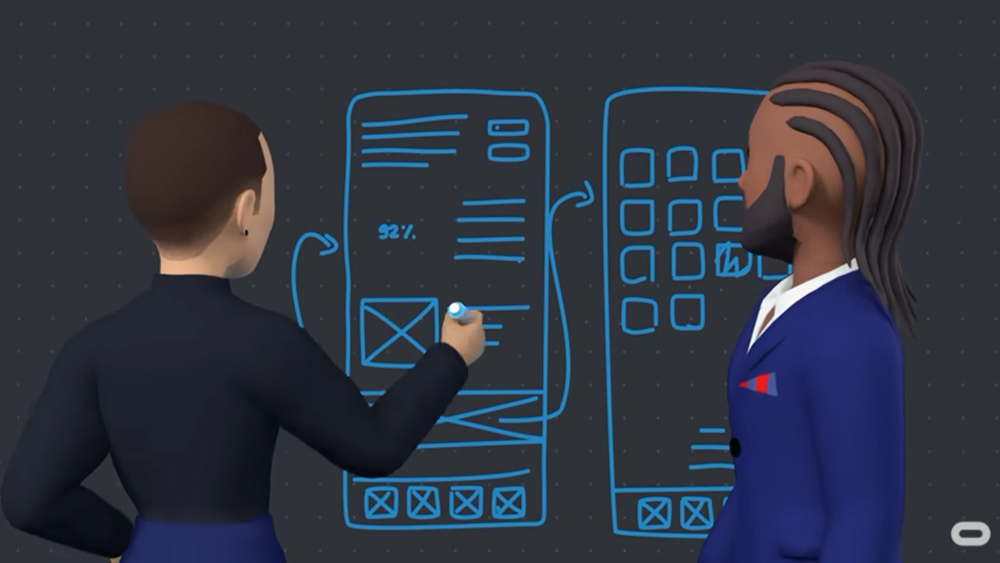
What will impact on UX and UI trends for 2022? Well, it could finally be the year that we get back to 'normal', but it's likely to still be a somewhat different normal. Covid-19 has changed how we work in the world of digital forever. While we were contained in our homes we were still connecting, meeting and creating, just in a new and slightly different way. Zoom meetings are now the norm and running a business in a virtual and real-world crossover has become more commonplace and sophisticated.
More and more of us are using digital services, but how are we using them and what are we going to be using in the coming year? Here we take a closer look at UX/UI trends for 2022: the tendencies that we think will shape how we work and create in the next year.
There are some big questions on the horizon. How will VR affect the way we interact? What fonts will be shaping our brands and websites? Is it time to break out of the ever-popular grid? How will animation take our sites and social media to new levels? We look forward to 2022 with excitement and anticipation, and this is some of what we expect to see.
For more on UX, see our piece on the remarkable UX lessons you can learn in the toilet. And for a refresher on what NOT to do in UI, see our selection of the most painful UI fails or sign up to our UX design foundations course.
5 key UX and UI trends for 2022
01. Business UX trends: VR office spaces
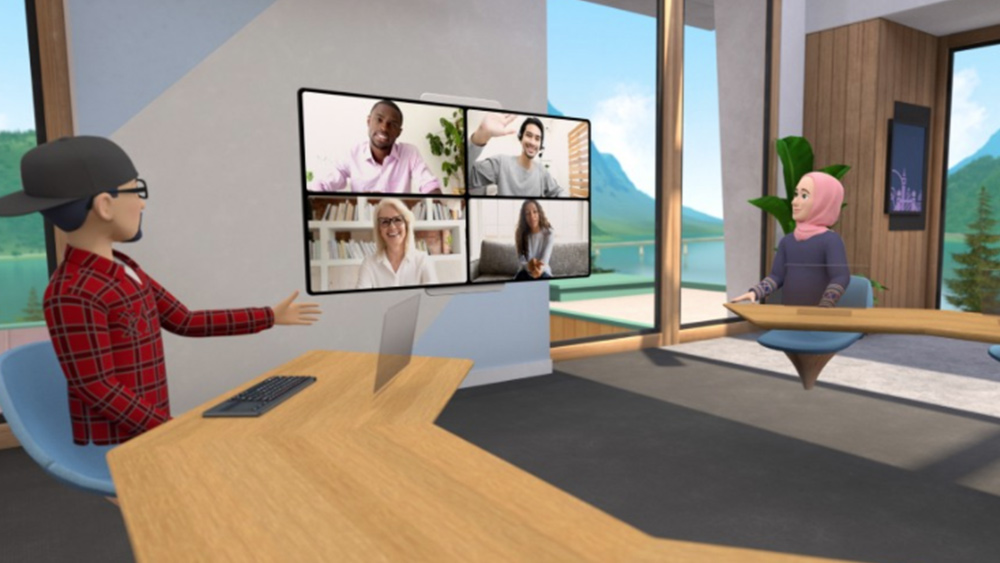
The Covid-19 pandemic has forced businesses to adopt remote working practices that never really existed before the pandemic. It created an environment where smart technologies like VR and AR were pushed forward to substitute for real-life events like the virtual alternative and training.
Facebook has been quick to see the potential of VR and AR and how it can be used in this new office-free world with Metaverse – a virtual world where users are connected to each other, digital devices, and the environment by wearing a VR device. At the centre of this virtual world are Facebook’s Oculus VR headsets and Horizon Workrooms, an app that lets Oculus-wearing workers enter virtual offices and hold meetings. It may only be in beta, but 2022 could see users at the forefront of a truly new way of working.
02. Large screen app design
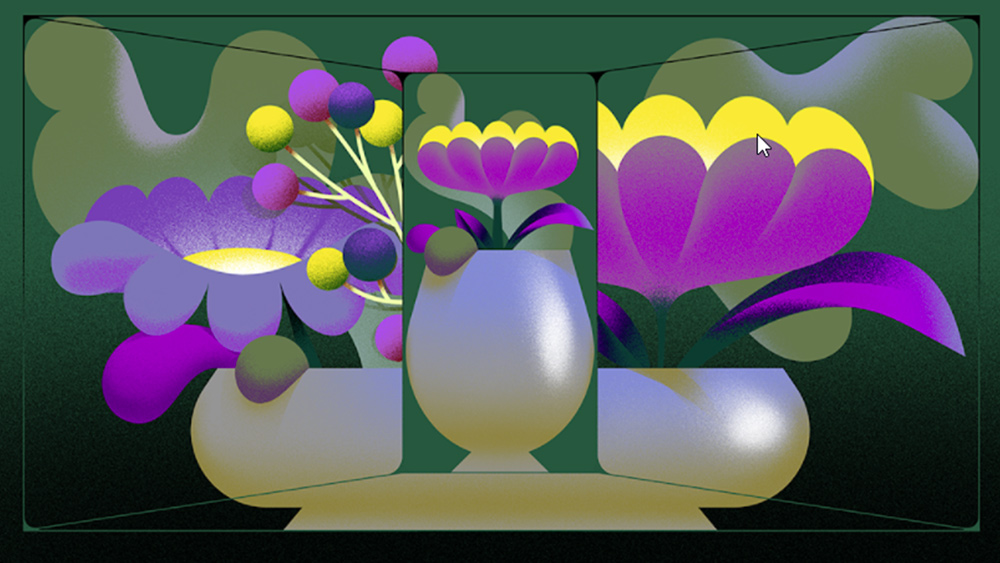
When the big guns like Google update their systems and software you need to take notice because it's inevitable that it will have a knock-on effect on what developers and designers will be creating in the near future. Google's design system Material, which was created to help teams build high-quality digital experiences for Android and the web, recently expanded its adaptive capabilities.
Get the Creative Bloq Newsletter
Daily design news, reviews, how-tos and more, as picked by the editors.
In effect, this means that it can now help prepare Material-based apps for all form factors, from phones to desktops and beyond. Layout and component responsiveness is now baked into its guidelines along with updated design documentation that tells you how to adapt your apps for large screens in 2022. Figma users can grab the updated Material Baseline Design Kit from www.figma.com/@materialdesign.
03. Animated logos
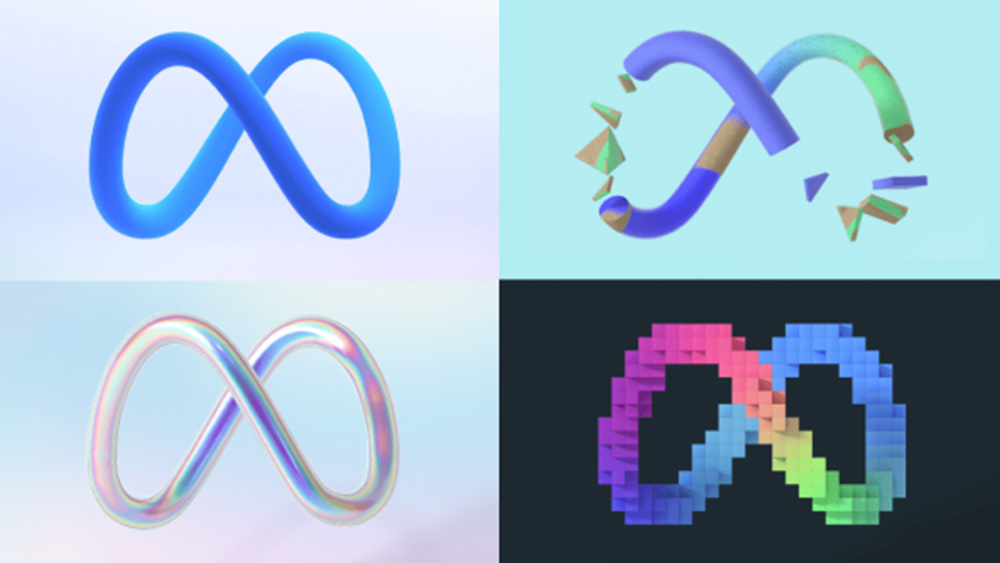
How do you reinvent your logo for 2022? A simple solution is to move from static to motion. Static designs don't have the same impact as animated designs – they don’t shout ‘look at me’ in the same way.
A logo is your trademark and you won't be able to change it on any print products, but animate it for digital and it can be a real attention grabber. Why not throw in an animated version of your brand name while you're there? Taking it 3D can up the ante even further. Facebook did just that with its new animated 3D Meta logo, and it's hard to ignore. It’s a smart way to raise brand awareness and make people pay attention.
04. Big text, new fonts

Big text has been a stalwart for a few years and 2022 will see it stay at the forefront of typography, but other subtle nuances like italics and underlines will creep in to add simple splashes of style. Expect to see headlines that break out from the norm and disappear off the screen – but be smart, they still need to be readable.
What about fonts? 2022 looks likely to bring a more open, honest and laid back personality to typefaces, and of course legibility will still be top priority. High contrast serifs will mix traditional and contemporary, quirky vintage fonts will bring a friendly feel, and simple and stylish scripts will add the artistic and luxurious. Strong and simple sans will make great headlines. Every font tells a story and picking the right one will be just as important as ever in 2022 (see our free fonts post for a few ideas to get you started).
05. Unorthodox designs
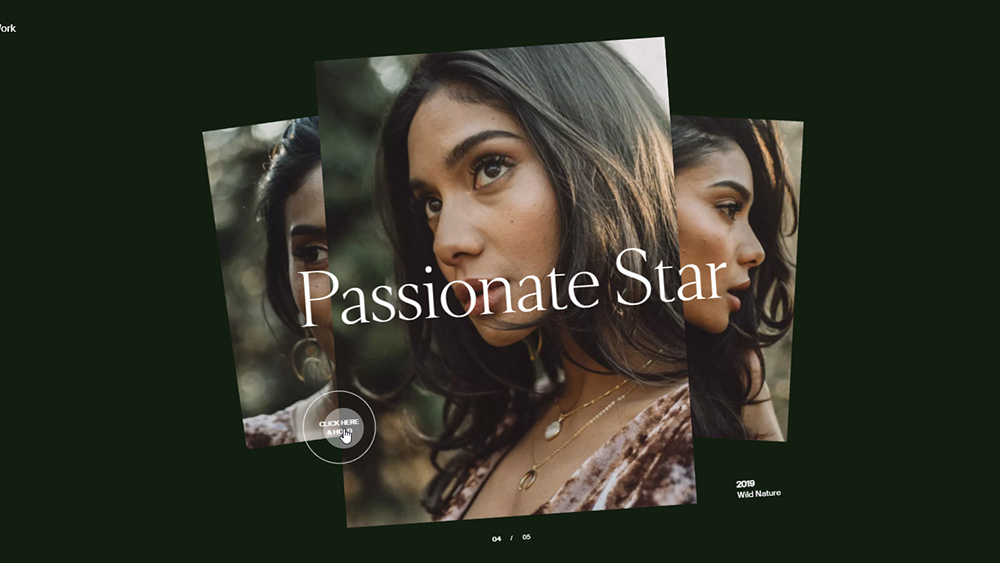
The perpetual fight for a user’s attention is nothing new, but Covid-19 has brought the battle into even sharper focus. With more eyes than ever gazing at screens, genuinely unique design is more important than ever. The classic and conventional grids used by millions of websites are the standard, but they do little to make a site stand out from the crowd. Introducing an unorthodox layout immediately garners attention.
Saying goodbye to the single page scroll is another simple attention grabber. Mix horizontal and vertical scroll, drag to explore, click and hold, experiment with elements you love to create an individual and bespoke design. These are all great for brands or designers looking to get noticed, but don’t forget about the user. It's a fine balance between style and substance, but get it right and you'll be a winner in 2022.
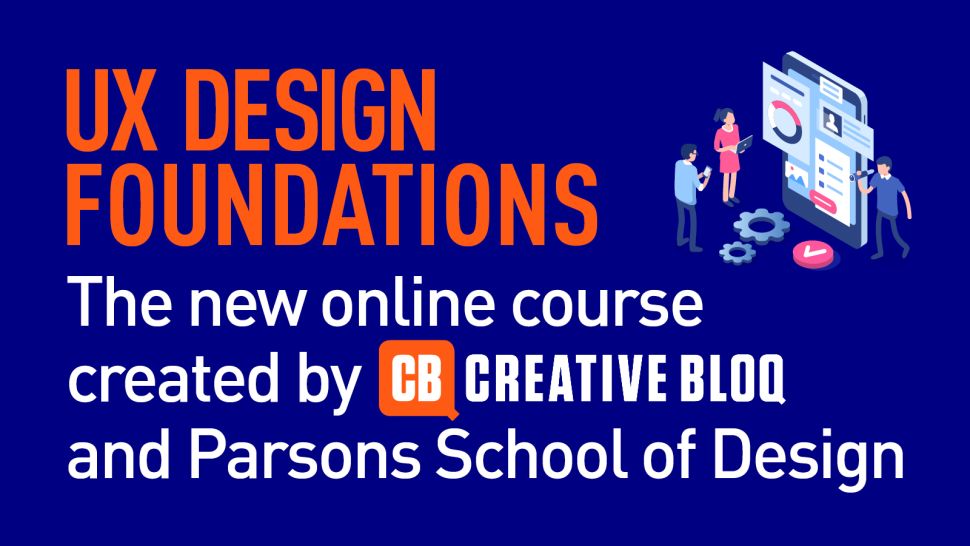
Want to learn more about UX, from experts including Francesca Griffiths, author of this article? Don't miss our UX design foundations course.
Read more:

Thank you for reading 5 articles this month* Join now for unlimited access
Enjoy your first month for just £1 / $1 / €1
*Read 5 free articles per month without a subscription

Join now for unlimited access
Try first month for just £1 / $1 / €1
Francesca is head of digital at EPM Agency. She designs and delivers excellent, intuitive journeys for customers. She is focused on putting the user at the heart of the experience and is led by research and data of user behaviours; constantly iterating to improve the customer journey.

